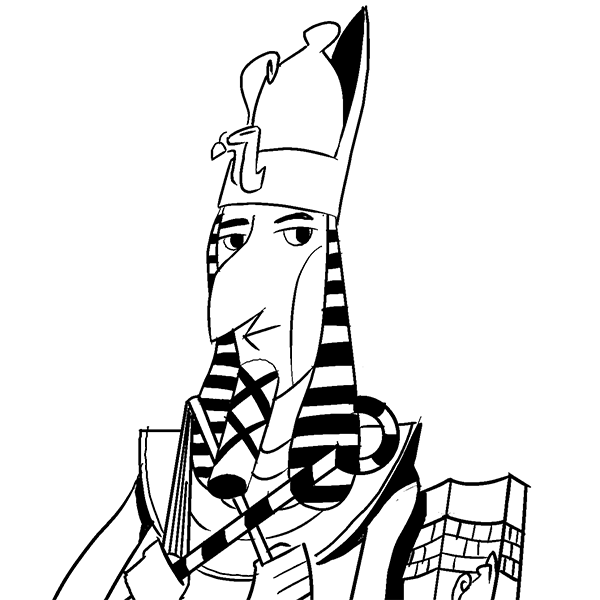Next to “pyramid,” there is perhaps no other word that’s most closely associated with Egypt than “pharaoh.” At first glance, this name looks like another name for king. But a pharaoh was actually much more. He (and very rarely she) was the foundation and backbone of Egyptian society, a living god who would determine the fate of Egypt and its people.
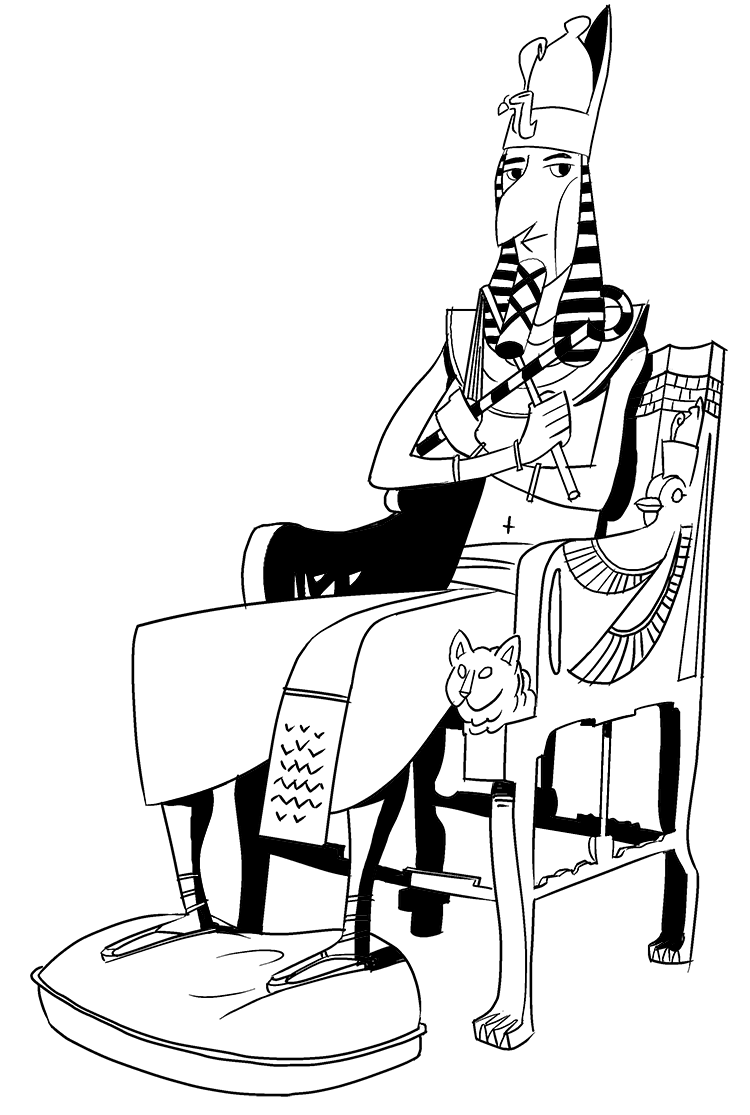
Pharaoh
Symbols of power of the Pharoah: sceptre, beard, vulture, cobra, throne, crown.
Who Was the Pharaoh?
The pharaoh was the supreme leader of all of Egypt. They owned all the lands in Egypt, and they were responsible for defending and protecting them. To do this, they commanded the armies of Egypt but also created and enforced all the laws of the land.
In total, more than 170 different pharaohs across 30 or more dynasties ruled Egypt for nearly 3,000 years.
Early pharaohs likely didn’t rule over the entirety of Egypt. In fact, in the early days of Egyptian history, there were two separate kingdoms, Upper Egypt (located “up” the Nile River in Southern Egypt) and Lower Egypt, (located “downriver” near the Nile Delta and the Mediterranean Sea.) But these rulers were not the pharaohs that helped make Egypt the prosperous ancient civilization it would. Instead, they were mere kings.
It wasn’t until the unification of Upper and Lower Egypt, which happened around 2600 BC, during the First Dynasty, that the Egyptian king took on the duties and responsibilities of a pharaoh.
From this point on, the Egyptian pharaoh would rule over all of Egypt. Their crown, known as the Pschent, was designed using the red crown of Lower Egypt and the white crown of Upper Egypt.
Historians generally consider the pharaoh Menes, who ruled during this unification, to be the first true pharaoh. But Egyptian monarchs did not use this title until nearly 1,400 years later, during the 18th dynasty. Up until this time, they were referred to simply as kings, though their power and role in society suggests they were something more.
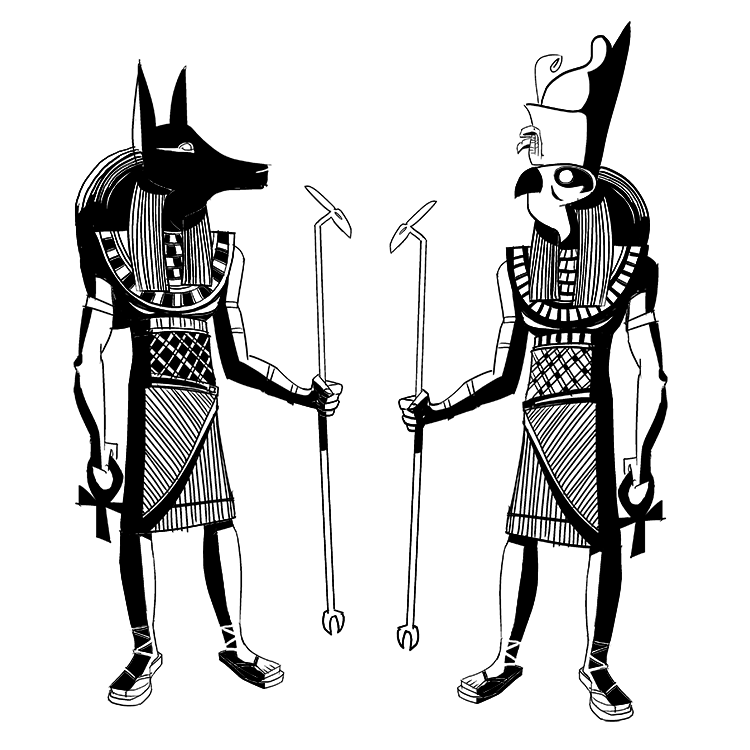
Dressing as Gods
Pharaohs often dressed up as gods, and they typically had multiple names, with each one meant to express their closeness to a particular Egyptian deity.
A Link Between the People and the Gods
For the Ancient Egyptians, the pharaoh was far from a regular person who had been given command of the government. Instead, the pharaoh was considered to be a god. Or, at the very least, they were seen as highly spiritual people with a close connection to the gods.
To reinforce this status, pharaohs often dressed up as gods, and they typically had multiple names, with each one meant to express their closeness to a particular Egyptian deity.
One of the most common titles for a pharaoh to take was a “Horus” name, which connected the pharaoh to one of the most significant gods of the Egyptian pantheon. For example, the name Djer, taken by one of the pharaohs from the First Dynasty, can be interpreted as “Horus the Strong.”
The Ancient Egyptians worshipped many gods, and typically each city or region had its own primary deity. Winning their loyalty meant pharaohs often had to take many names and assume the role of multiple gods. Who ever said this job was easy?

Duties and Responsibilities
Pharaoh’s took on the responsibility of conducting and overseeing religious ceremonies.
The Pharaoh’s Duties and Responsibilities
By taking and using various names and titles associated with gods, the pharaohs of Ancient Egypt were able to establish themselves as supremely powerful. But proving their right to rule required more than just calling themselves gods. They had to prove it.
To do this, pharaoh’s took on the responsibility of conducting and overseeing religious ceremonies. But they also spent a great deal of time and money building lots and lots of religious buildings. In fact, some of the most well-known structures built in Ancient Egypt were places of religious worship, such as the Karnak Temple and the Luxor Temple.
These buildings were often off limits to commoners, but their existence proved the pharaoh’s commitment to the gods and allowed them to rule.
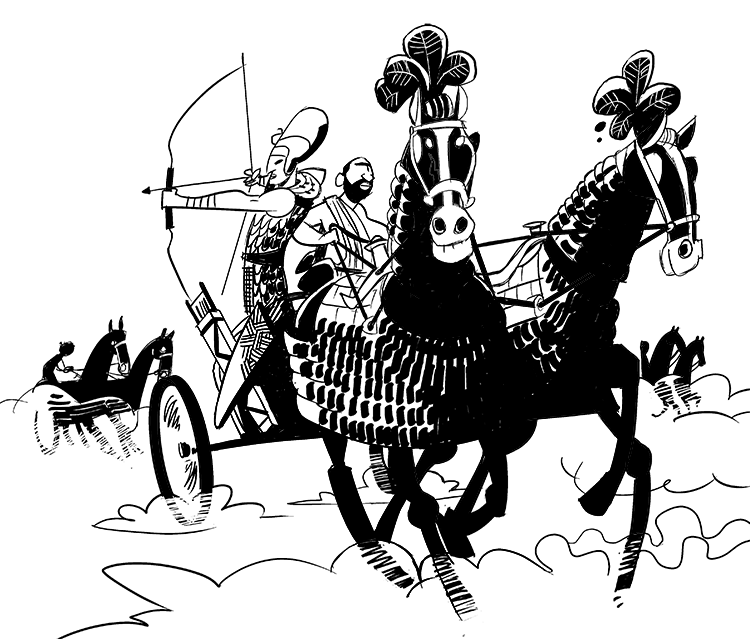
Commander-in-chief
It was not uncommon for the pharaoh, who was also the commander-in-chief of all Egyptian armies, to personally lead battles, a gesture that showed not only their strength but also their commitment to maat and the gods.
Maintain Maat
Beyond religion, the pharaoh was also responsible for collecting and raising taxes, as well as making and carrying out the laws of Ancient Egypt. But when it came to laws, the pharaoh, once again, had to answer to the gods. Specifically, they were responsible for maintaining maat in Egypt.
In Egyptian religion, the concept of maat represented the ideas of justice and cosmic order. It was so important to the Egyptian way of life that a new god eventually emerged who personified this idea. Her name…Maat.
Maintaining maat meant conducting religious ceremonies and honoring the gods. But it also meant enforcing laws so as to keep the world in order. And should something happen to disrupt maat, such as an invasion from a foreign foe, the pharaoh was expected to respond, often with force.
For pharaohs, this usually meant summoning the armies and leading them into battle. It was not uncommon for the pharaoh, who was also the commander-in-chief of all Egyptian armies, to personally lead battles, a gesture that showed not only their strength but also their commitment to maat and the gods.
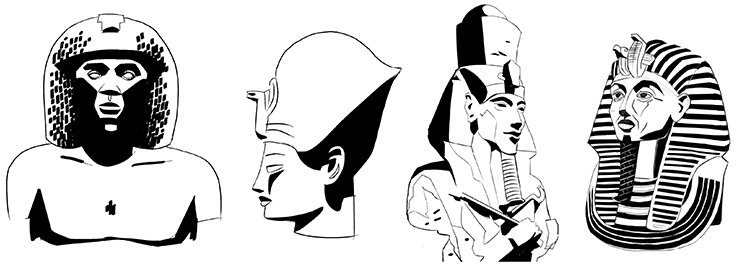
Succession
Pharaohs were expected to rule until their death, and part of their responsibilities as pharaoh was to name their successor. In most cases, their first-born son was the heir to the throne. But in cases where the pharaoh had no son, it was not uncommon for power to pass to the pharaoh’s brother, nephew, uncle, etc.
Deciding The Next Pharaoh
One of the hallmarks of a stable and prosperous society is the peaceful transition of leadership. And while there were certainly chaotic moments throughout Egyptian history, tracing the pharaoh’s lineage is fairly easy. Power peacefully passed from one pharaoh to the next more often than not.
Pharaohs were expected to rule until their death, and part of their responsibilities as pharaoh was to name their successor. In most cases, their first-born son was the heir to the throne. But in cases where the pharaoh had no son, it was not uncommon for power to pass to the pharaoh’s brother, nephew, uncle, etc.
Rarely, the pharaoh’s wife or daughter would take the throne, but this was far from the norm.
Crown princes were trained practically from birth to take on the duties of being a pharaoh, but don’t be fooled into thinking power always passed from one pharaoh to the next without issue. Throughout Egyptian history, there was plenty of funny business — including murder — carried out by ambitious princes or provincial governors hoping to name themselves pharaoh. Some were successful; others were not.
In general, though, Ancient Egypt prospered the way it did largely because of the stability and unity provided by the pharaoh.
Written by Matthew Jones
Illustrated by Pablo Velarde Diaz-Pache
